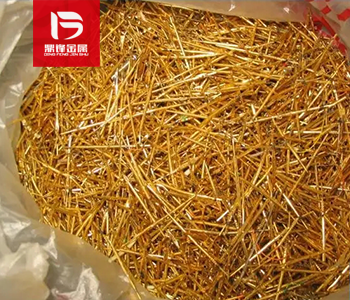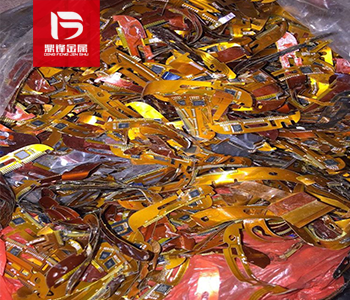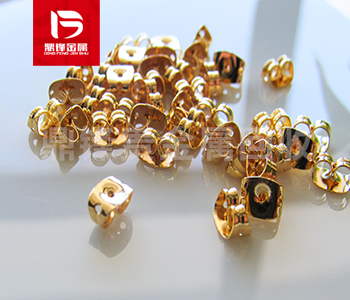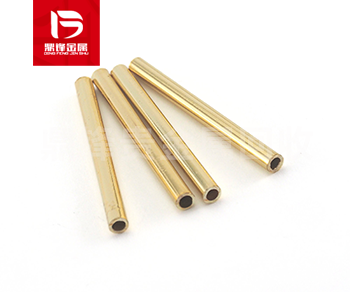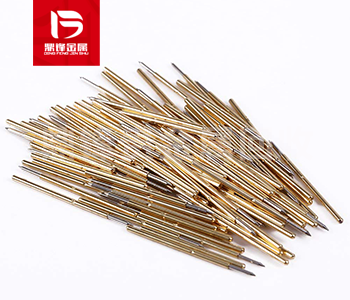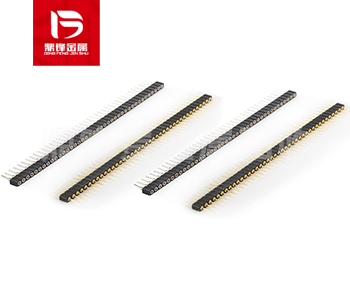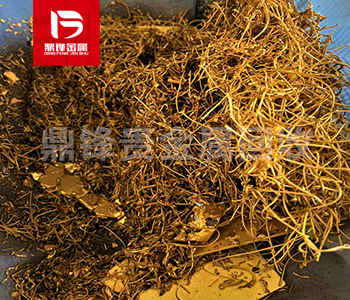Gold plating recycling_ Recovery and extraction methods for industrial gold plating wastewater
The generation and recovery methods of gold plating wastewater:Gold plating is an electrochemical process used to apply a thin layer of gold to a metal surface, typically used to protect or enhance th
The generation and recovery methods of gold plating wastewater:
Gold plating is an electrochemical process used to apply a thin layer of gold to a metal surface, typically used to protect or enhance the appearance of items such as jewelry, electrical components, and even medical devices. Unfortunately, if left unchecked, gold plating can also become a source of environmental pollution, as gold plating wastewater may contain heavy metals and other pollutants. Gold wastewater recovery is the process of removing gold from wastewater or other liquid streams. It is an important component of many industrial processes as it helps reduce the amount of harmful substances released into the environment. The recovery of gold plating wastewater can be achieved through several different methods, including precipitation, ion exchange, and reverse osmosis. Each method has its own advantages and disadvantages, so it is important to understand which method is most suitable for a specific application. Before recycling and refining, wastewater needs to be collected, and the collection method varies depending on the type of wastewater and facilities. The commonly used methods for collecting gold plating wastewater include gravity flow, vacuum filtration, centrifugation, and activated carbon filtration. After the wastewater is collected, it needs to be stored in appropriate containers before treatment.
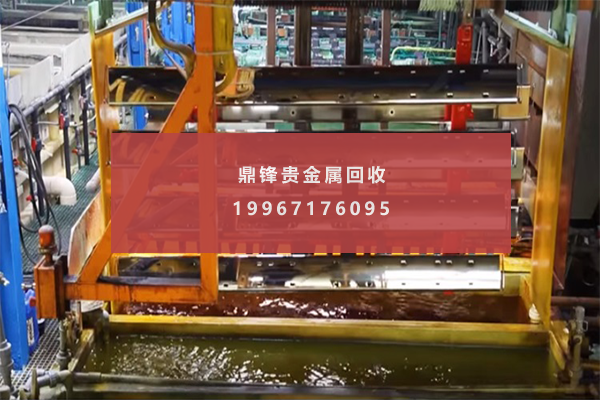
Introduction to gold-plating wastewater methods:
1. The sedimentation method is the most commonly used technology in the recovery of gold plating wastewater. This method involves adding a reagent, such as caustic soda, to the wastewater, which can cause gold to precipitate from the solution. Then the precipitated gold can be collected and separated from other pollutants. The advantages of this method are relatively easy to implement and low cost. However, it is not very effective and may not be able to remove all gold from the wastewater.
2. Ion exchange method is another commonly used method for recovering gold plating wastewater. In this method, a special resin is used to absorb gold ions from the wastewater. Then the resin can be removed and gold ions can be collected. This method is highly efficient, but also more expensive than precipitation. In addition, the resin must be regularly replaced or regenerated to maintain its effectiveness.
3. Anti-Infiltration Act is a relatively new technology for recovering gold plating wastewater. This method uses high-pressure membranes to separate gold particles from wastewater. The advantage of this method is its high efficiency and the ability to recover a large amount of gold. However, it is also more expensive than other methods and requires specialized equipment.
To ensure the optimal recovery of gold plating wastewater, it is necessary to consider the specific characteristics and expected results of the wastewater. Furthermore, it is important to weigh the advantages and disadvantages of each method to determine which one is most suitable for application. If the correct method is used, gold plating wastewater recovery can be an effective and cost-effective method to reduce the impact of industrial processes on the environment.
&Quot; Dingfeng Precious Metals Recycling includes precious metals such as gold, silver, palladium, rhodium, platinum, germanium, iridium, ruthenium, etc. This is our business in precious metal recycling. If you have precious metals such as gold, silver, palladium, rhodium, platinum, germanium, iridium, ruthenium that need to be recycled, please contact us and we will provide you with a satisfactory price& Quot;




